Understanding Cattle
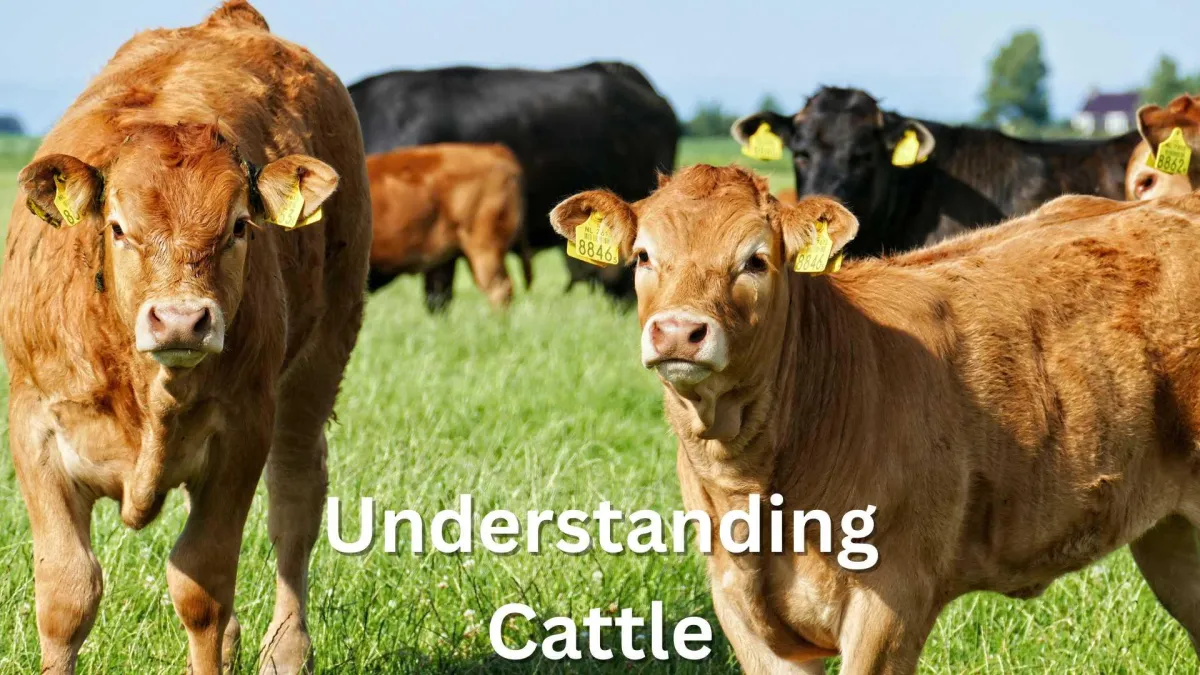
A practical guide to how cattle think, move, and behave on your lifestyle block.
Whether you’re raising a single house cow or a small herd, understanding cattle behaviour is key to keeping animals healthy, safe, and manageable. This article draws directly on the work of Dr Clive Dalton, offering a detailed guide to how cattle see, hear, communicate, interact, and respond to the world around them.
Most lifestyle farmers weren’t raised with stock work in their blood. This information isn’t always passed down, but it matters. How cattle perceive the world affects everything from your fencing decisions to your daily routines.
Senses: How Cattle Perceive the World
Sight
Cattle have a very wide field of vision, over 300 degrees, due to the position of their eyes on the sides of their head. This allows them to see nearly all around them without turning, except for two small blind spots: directly behind them, and directly in front of the nose.
They are excellent at detecting movement but poor at judging depth or detail. That’s why they often hesitate at shadows, water troughs, or changes in surface, especially if they haven’t seen it before. They also struggle to focus on things directly ahead and below their heads, making head-height gates or unfamiliar objects more intimidating.
Colour vision is limited. Cattle can likely distinguish blue and yellow from grey, but red appears dark or grey to them. They are sensitive to contrast and brightness.
Hearing
Cattle hear well, especially high-frequency or sudden noises. Loud shouting, barking dogs, or the clatter of gates can make them nervous. They can pinpoint sound direction, and some animals become sensitised to specific noises, like a vet’s vehicle or milking machine.
Quiet, consistent voice tones and steady movement are best when working with cattle.
Smell
Smell plays a huge role in cattle behaviour. They use scent to recognise calves, herd mates, and even humans. Bulls can detect females in heat by scent alone, and females will often use smell to test new calves or assess changes in their environment.
Unfamiliar smells (dogs, chemicals, new people) can raise stress levels quickly.
Touch
Cattle are sensitive to touch, particularly around their heads, flanks, and hind legs. A sudden grab can trigger fear or a kick. Gentle, firm handling is far more effective than rough or unpredictable contact.
Communication and Behaviour
Vocal Communication
Cattle use different vocalisations to communicate:
Low-pitched calls signal contentment or recognition
High-pitched bawling often means distress, hunger, or separation
Short, sharp grunts can signal alarm or irritation
Cows and calves recognise each other by voice, and they’ll call out if separated.
Body Language
Most communication is non-vocal. Cattle signal intent or status through body posture, ear position, tail movement, and eye contact. Raised heads, tail flicks, or stomping feet indicate tension. A calm cow walks with a low head and swinging tail.
If an animal is frightened or stressed, its head will go high, ears forward, and eyes wide. It may refuse to move or suddenly bolt.
Social Structure and Temperament
Herd Hierarchy
Cattle naturally form a social order. Dominance is usually age- and size-based, with older cows or bulls leading the group. These leaders often decide when and where to move, rest, or graze.
Challenging this order (by introducing new animals, for instance) can cause stress or scuffles. Young stock may be bullied by dominant cows, especially around feed.
Temperament
Some breeds (and some individual animals) are more reactive than others. Dairy breeds like Jerseys can be flightier; beef breeds like Herefords are often more docile but may become protective.
Temperament is shaped by genetics and experience. A calf that’s poorly handled becomes a difficult adult. One calm, well-handled cow can teach others to be less reactive.
Daily Behaviour and Rhythms
Cattle are creatures of routine. In a typical day:
They spend 4–9 hours eating
6–8 hours ruminating (chewing cud)
12–14 hours lying down
Cattle like to lie down on dry, soft ground in quiet areas. If pasture is muddy, hard, or crowded, they’ll spend less time lying and ruminating, leading to lower weight gain or reduced milk yield.
They usually rest in mobs, and lie in the same direction, often towards prevailing wind.
Ruminating is vital, it helps cattle digest fibrous feeds. Cattle chew 40,000–60,000 times a day.
Breeding Behaviour
Females (Cows and Heifers)
Cows in oestrus (on heat) become restless and vocal. They may mount other cows or stand to be mounted. This is the best sign of breeding readiness.
Some cows show subtle signs, swollen vulva, reduced appetite, tail flicking. Observation is key, especially if no bull is running with the herd.
Males (Bulls)
Bulls detect females in heat using scent and behaviour. Their behaviour can include flehmen (lifting the top lip to detect pheromones), vocalising, or herding a cow away from the group.
Handling bulls requires extreme care. Never trust a bull entirely, no matter how quiet he seems. Keep secure fences and always have an escape route in yards.
Handling Cattle Safely
Good cattle handling is about:
Reducing stress
Using their natural behaviours
Staying predictable
Pressure and Release
Cattle respond best when pressure is applied and released appropriately. Step into their flight zone and they’ll move. Step out, and they’ll stop. The key is finding that zone, it varies between animals.
Never force cattle into yards or trailers using shouting or hitting. It increases their fear and resistance. Use angles, body position, and quiet pressure to guide them.
Yard Design and Movement
Curved yards and wide races match cattle’s instinct to circle and move in herds. Solid sides stop them seeing distractions. Slippery floors, shiny surfaces, or sudden contrasts can cause them to refuse to move onward.
Avoid over-crowding. Always allow cattle room to move forward.
Handling Cattle Safely
Cattle are intelligent, social, and perceptive animals. They remember bad experiences, learn quickly, and respond best to calm, consistent handling.
As a lifestyle farmer, your cattle may not see you every day, but when they do, make it positive. Good stockmanship isn’t loud or pushy, it’s quiet, thoughtful, and based on understanding.
Once you truly understand cattle, you’ll work with them, not against them.
More Resources
If you’re working with cattle on your block, these resources may help:
What You Need to Know to Keep Cattle – A complete course on feeding, fencing, handling, day to day husbandry for New Zealand lifestyle farmers.
What You Need to Know to Keep Livestock – A practical course for anyone starting out with animals on a lifestyle block.
If you're looking at keeping more than just cattle, find out more here:
Understanding Sheep – Sheep are smaller, easier to handle but more work.
Understanding Goats– Goats are a lot of fun but have very specific issues.
Back to Livestock & Pets
More articles on keeping cattle
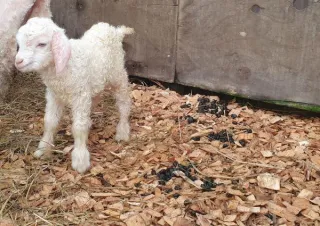
What Your Animal's Poo Is Telling You
Learn how to interpret changes in your animal's faeces. From colour and texture to parasites and digestive disorders, these signs can help identify health issues early. ...more
The Basics ,Sheep Cattle Goats Pigs &Alpaca
July 22, 2025•4 min read

Keep cow magnesium levels up
Low magnesium levels in cows can cause grass staggers, reduced milk production, and sudden death. Learn how to test and manage magnesium before calving to avoid costly losses. ...more
Cattle
July 17, 2025•2 min read
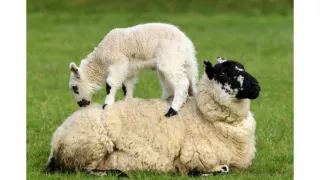
Lameness in Livestock - Part 3: Lameness in Sheep, Goats, Cattle and Deer
Lameness in sheep, goats, cattle, and deer is often caused by infections like foot scald and foot-rot. Learn how to treat and prevent these issues on your lifestyle block. ...more
The Basics ,Sheep Cattle Goats &Other species
May 02, 2025•2 min read
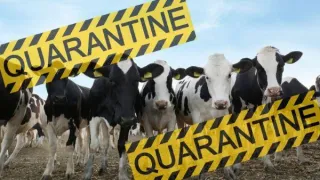
Quarantining New Animals - What, When, and How
Preventing the spread of disease on your farm starts with strong biosecurity measures. Quarantining new animals for 2-3 weeks helps detect infections, clear parasites, and ensure a healthy flock. Lear... ...more
The Basics ,Sheep Cattle Goats &Pigs
March 17, 2025•8 min read

Dealing with an emergency (while waiting for the vet)
When an emergency strikes your livestock, quick action is key. While waiting for the vet, follow these essential steps to keep your animal safe, calm, and stable. Learn how to secure the patient, mana... ...more
The Basics ,Sheep Cattle Poultry &Pigs
February 24, 2025•8 min read
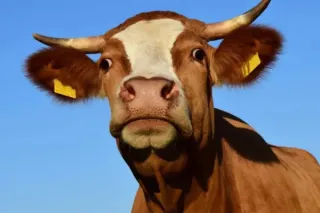
Polled vs Horned Cattle
Learn why choosing polled cattle is the smart choice for lifestyle farmers. Discover the benefits of hornless cattle for safety, cost savings, and compliance with NZ animal welfare laws. Simplify your... ...more
Cattle
January 28, 2025•4 min read
Support & Legal
Get Rural Tips & Seasonal Updates
Subscribe to the LSB monthly newsletter.
© 2025 Lifestyleblock.co.nz | LSB Ltd Proudly off-grid and NZ-owned

